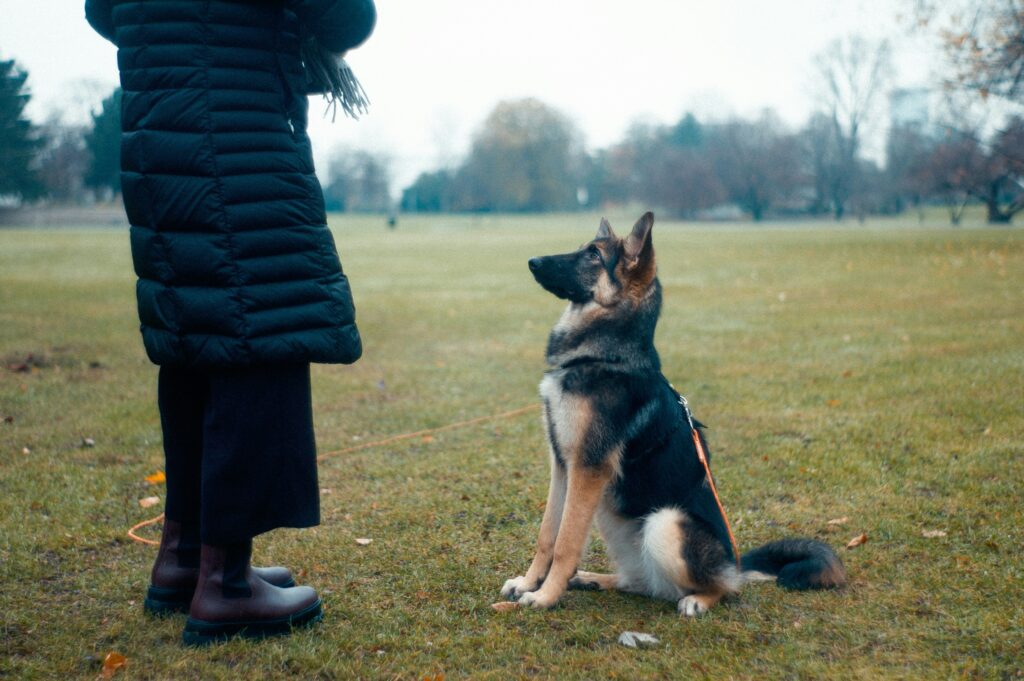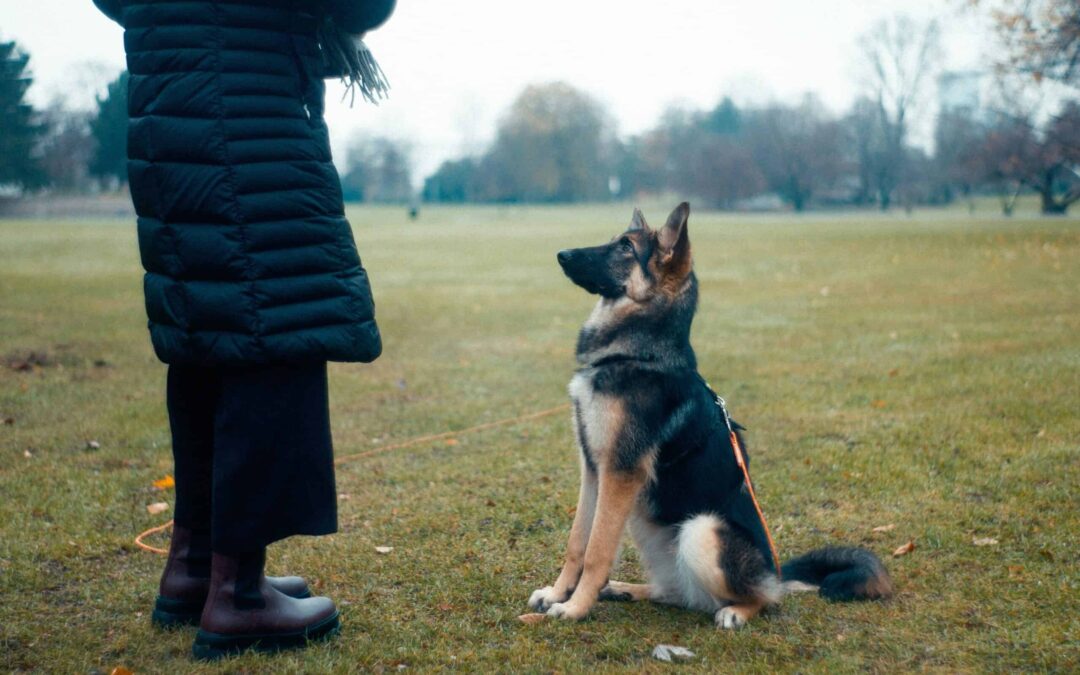We all need a little encouragement here and there, including our dogs. Using treats to congratulate a dog on their good behavior or a task well done is a proven way to encourage that good behavior to continue. Yet we don’t want that to be the only tool in that particular tool box. Food as incentive is tried and true but it could easily lead to overfeeding and eventually an overweight companion. So we’re here with more ways to encourage good behavior.
Like any being really, dogs best respond to positive reinforcement. We want to use positive training methods, rather than punishment or fear. For obvious reasons: we don’t want our dogs to be afraid of us.
Positive reinforcement used consistently over time will get great results. There are some basic rules around training that you should apply from the very beginning of your time with your dog. Start when they’re puppies.

Timing
You have to get that treat or positive reinforcement to your dog within seconds of the behavior. Otherwise, your dog might not associate the treat with the action.
Consistency is Key
Make sure everyone in the dog’s life is using the same commands and the same rewards for the same behavior. Or you’ll have one confused dog.
Break down complex behaviors into parts
For example, if you want to teach a dog to shake, you could start with simply getting them to lift their paw off the floor on command. Once that behavior is firmly entrenched, add to it. You could then have them lift their paw and touch your hand. Keep building. Go here to see an example of this.
Stay calm and use your words
You want the dog to feel praised but not overexcited. And you want to eventually wean the dog off of treats/rewards for every single good behavior; you want your voice and your words to eventually be enough in most situations to keep them encouraged.
Use replacement behaviors
If your dog is engaging in an unwanted behavior, find a way to distract them by providing a replacement behavior. For example, if they’re chewing on the couch arm, have a toy ready that you can give them to move them on to something productive.
Keep them active and engaged
A bored dog is more likely to engage in negative behaviors just like a bored child. Keeping them active and engaged will use their energy in the right ways and they won’t go looking for trouble. We recently wrote about brain games for your dog.
Rewarding your dog
Treats, of course, are the number one way your dog would appreciate being rewarded. But, again, you don’t want them constantly expecting food treats, and you don’t always have them on you. So consider alternative rewards to food, including:
- your voice. This is important for a variety of reasons, and as we’ve said, you should incorporate it in your training from the very beginning. But some dogs really do just love hearing how good they are.
- pets and hugs and doggy massages. I mean, is this rewarding them or you? Both… let’s say BOTH.
- playing a game. This comes later when the dog is well trained and they are able to make the connection between their behavior and a little time playing tug-the-rope or whatever their favorite game is.
- time outside. Not all dogs respond to all rewards the same way but this will work for many.
- time on the couch or bed with you. (If this is something that you normally don’t let them do.)
Think about your individual dog. What do they LOVE to do? What are their favorite toys? Use all of this to your advantage when training and encouraging good behaviors.

